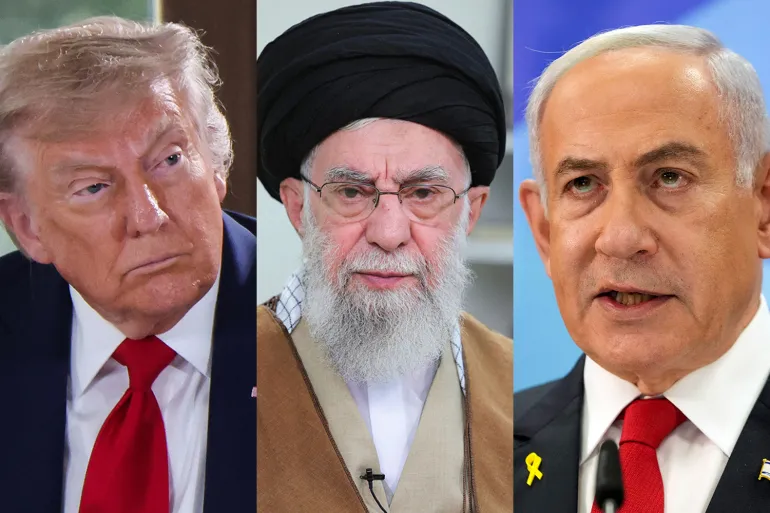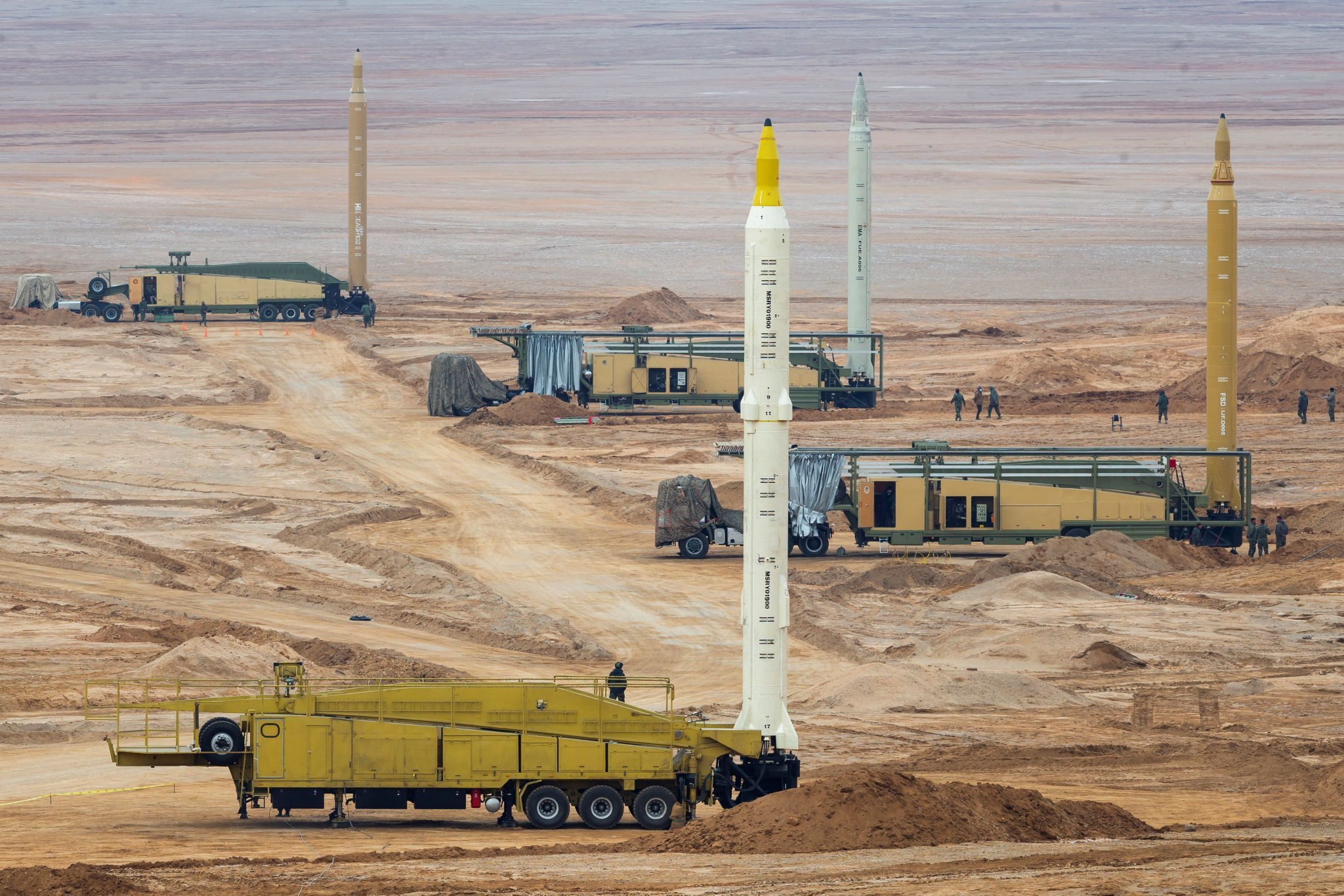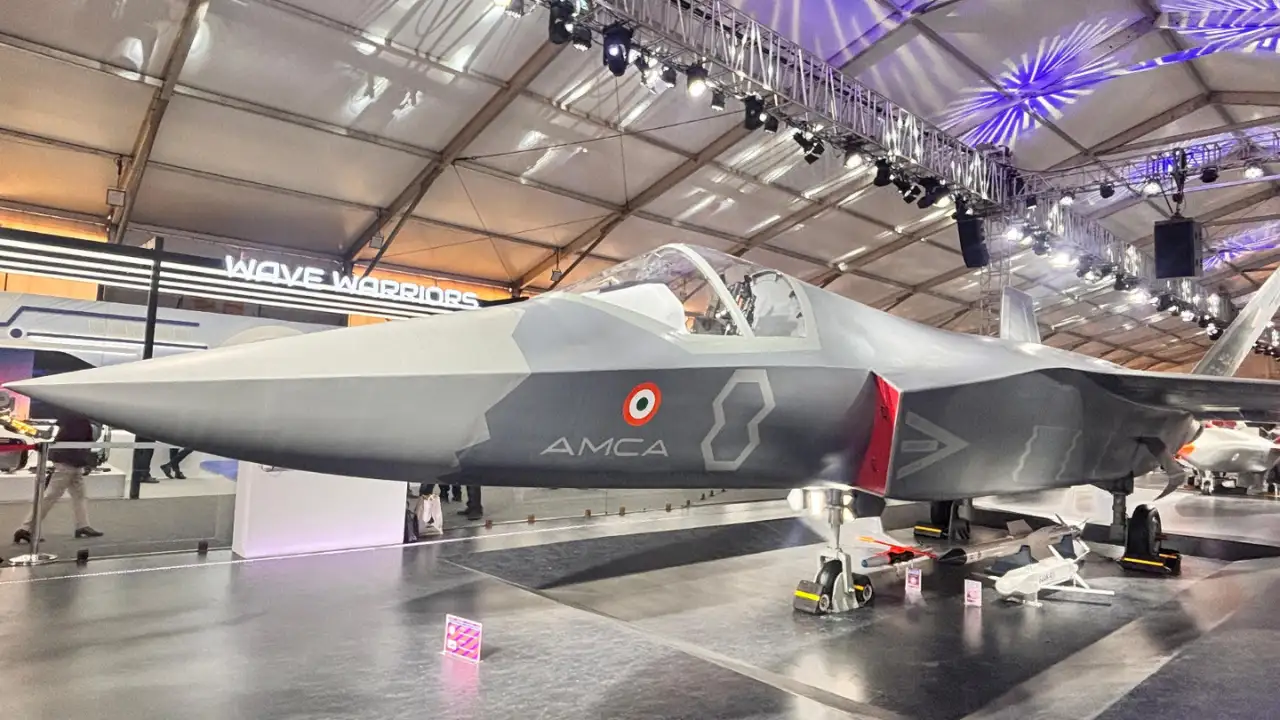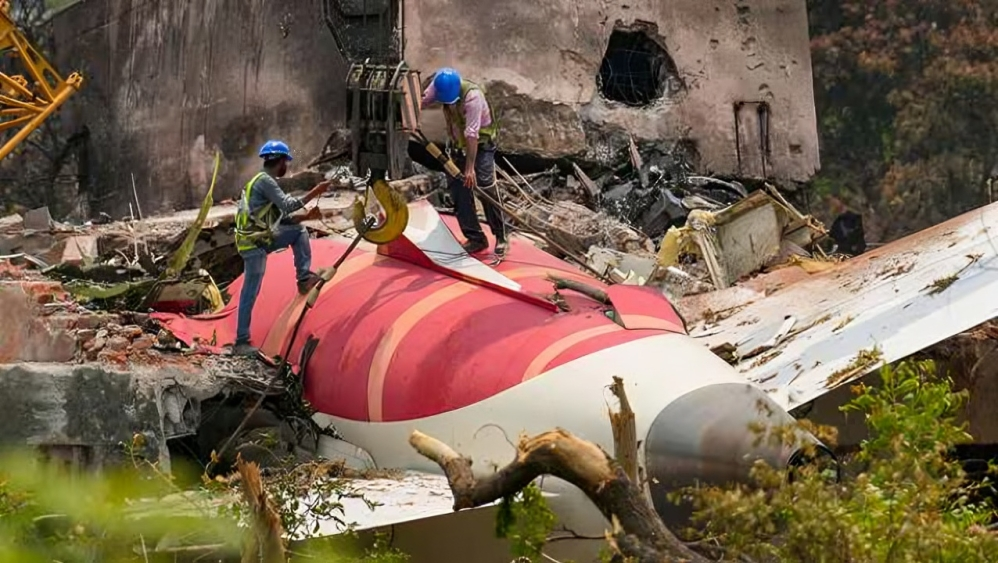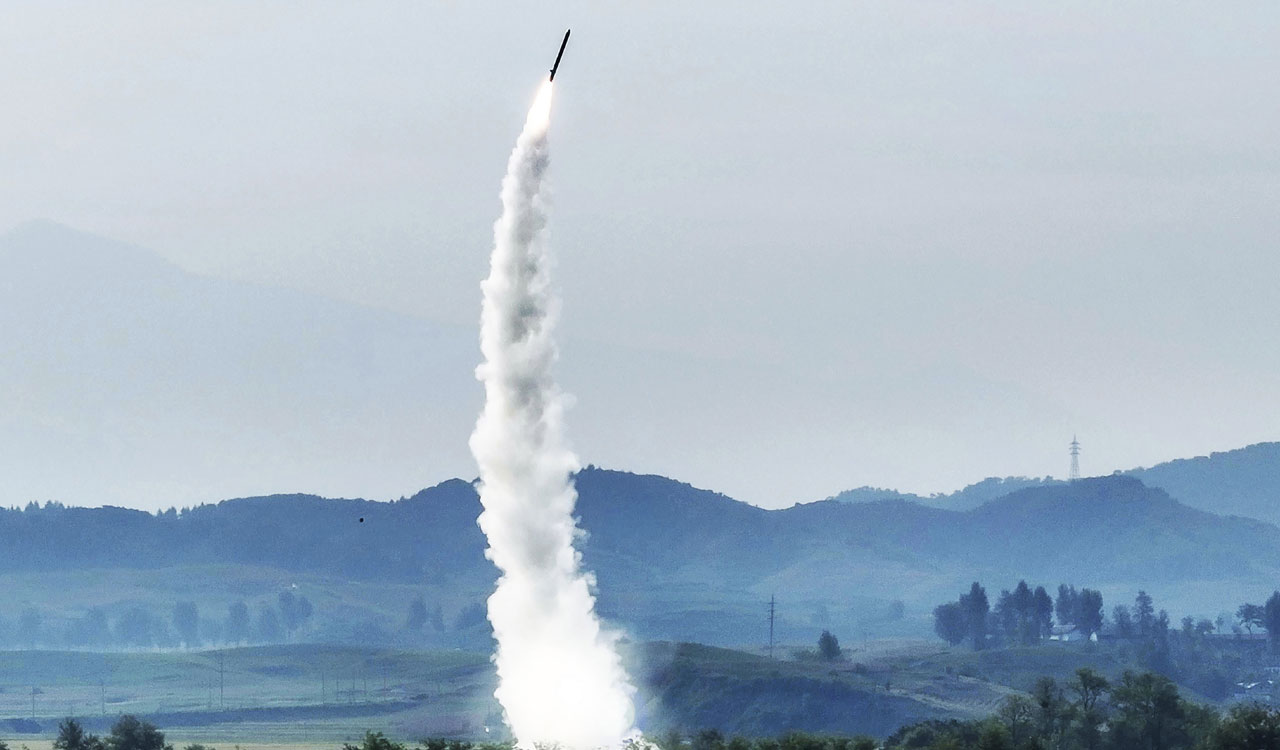Trump to Decide on Iran Action Within Two Weeks, Says White House
President Donald Trump is expected to make a decision within the next two weeks on whether the United States will…
What Is Sejjil Missile? Iran’s Ballistic Weapon Used in Strikes on Israel
In a major escalation of the Israel-Iran conflict, Iran’s Islamic Revolutionary Guard Corps (IRGC) has confirmed it launched a Sejjil-2…
MoD Launches Review of Defence Acquisition Procedure 2020 to Drive Self-Reliance and Modernisation
In line with the Government of India’s declaration of 2025 as the ‘Year of Reforms’, the Ministry of Defence (MoD)…
Air India CEO, Chairman Say Crashed AI-171 Aircraft Showed No Pre-Flight Technical Issues
In the aftermath of the devastating crash of Air India Flight AI-171, top executives from the airline have confirmed that…
US Deploys ‘Doomsday Plane’ Amid Escalating Israel-Iran Conflict
As hostilities between Israel and Iran intensify, the United States has deployed its Boeing E-4B 'Doomsday Plane'—a high-security airborne command…
North Korea Fires Over 10 Rockets Near Pyongyang, Says South Korea
North Korea launched more than 10 multiple-launch rockets from the Sunan area near its capital, Pyongyang, on Thursday morning, according…

